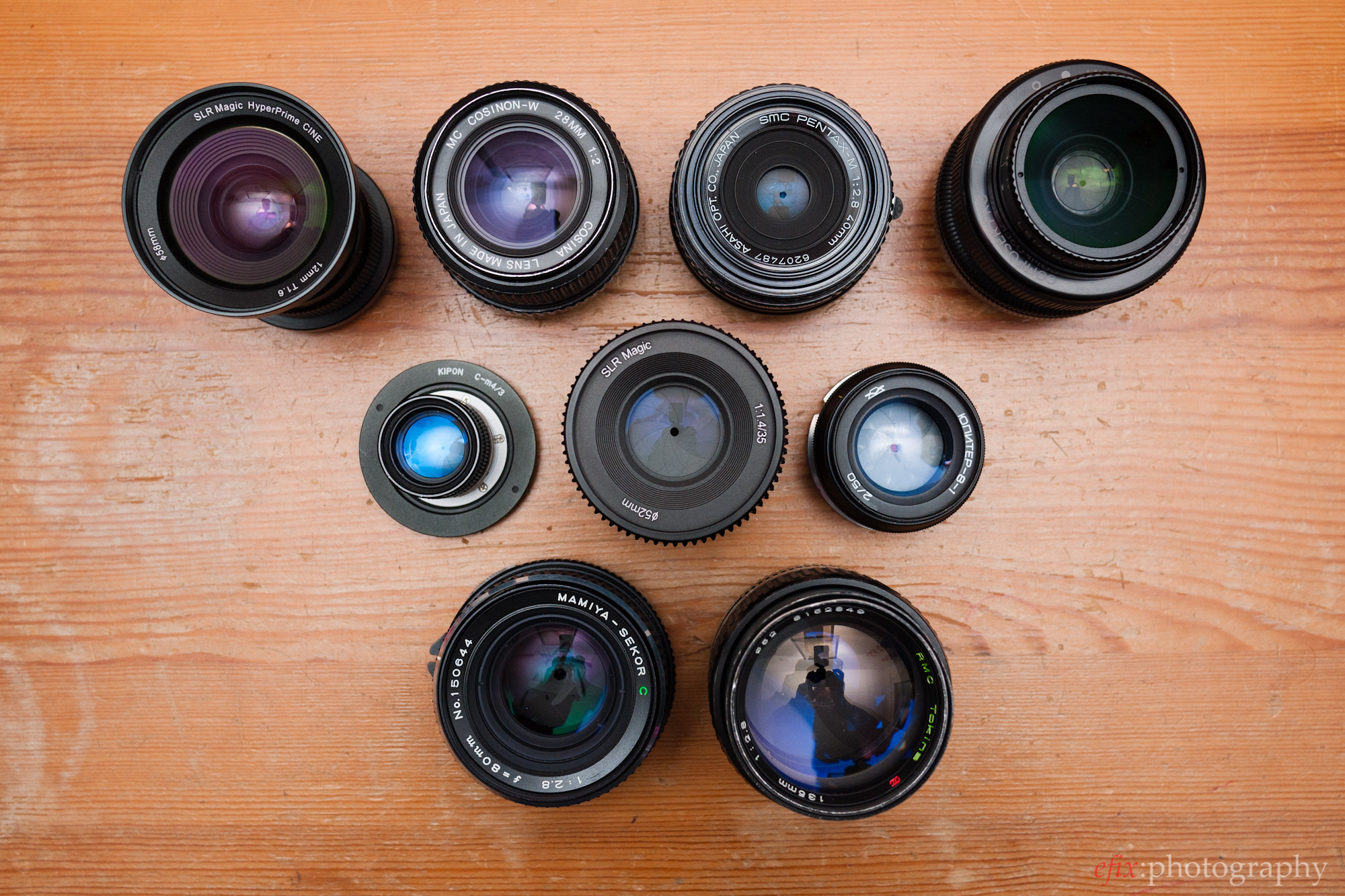



What is an environmental portrait?
An environmental portrait is a photograph of a person, often posed, taken in a location that is individually relevant to the subject. Environmental portraits are frequently photographed in an everyday setting such as the home, place of work, or another personally meaningful locale. Good environmental portraits will tell strong stories of their subjects. Their immediate surroundings will give the viewer insight into where these people are, what they do, and who they are.
Some environmental portrait photographers..
Paul Strand (1890–1976)

Arnold Newman (1918–2006)

Daniel Mordzinski (1960 — )

Michelle Sank

Annie Leibovitz (1949 — )

Mary Ellen Mark (1940–2015)

Jimmy Nelson (1967 — )

Sara Facio (1932 — )


Photoshoot ideas development
- Two or more people — parents gardening
- take two photos of parents in morning evening to capture lighting changing throughout the day
- Take photo at skatepark of two or more people
- Photo taken in afternoon
- Person 1 – Ben holding skateboard
- Person 2 – somebody skating in the background
- Take photo at newlook of cassie
- photo of her working behind the tills
Michelle Sank
Michelle Sank was born in Cape Town, South Africa. She left there in 1978 and has been living in England since 1987. Her images reflect a preoccupation with the human condition and to this end can be viewed as social documentary. Her work encompasses issues around social and cultural diversity. ‘I am interested in how adolescence is marked by rites of passage that are reflective of cultural values and how this is expressed within ethnically diverse communities in the Black Country. I am exploring the way these rituals often mark a socially recognized transition to adulthood and responsibility and to some recognition of sexual maturity. I will document how these rites of passage can differ from male to female and how the emphasis on body image, performance and dress are a personal means of expression.‘ She has once visited Jersey and made a collection of photographs she took there, titled ‘Insula’.
























































